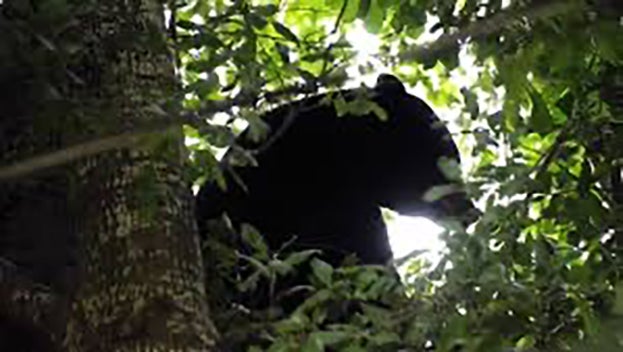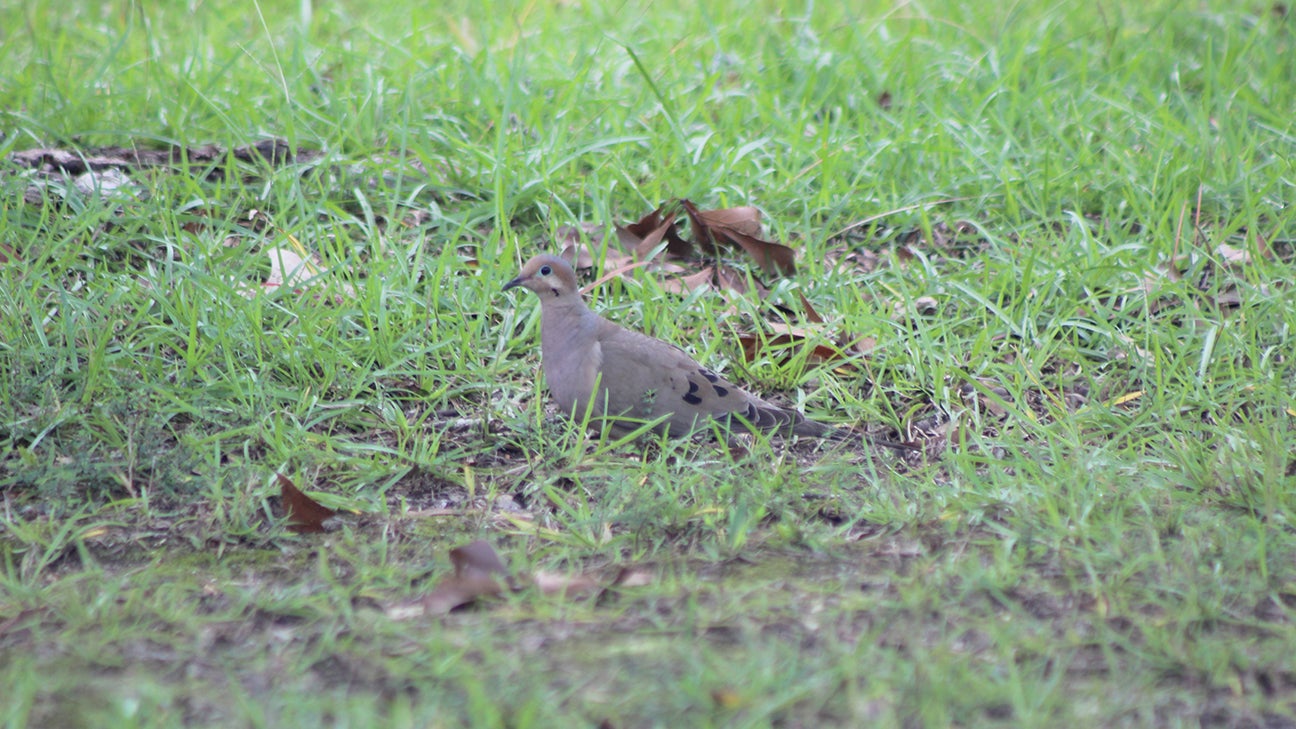Celebrate bear week as the state’s population grows
Published 12:50 pm Wednesday, March 29, 2023

- A black bear took a morning break in the backyard tree of a house in northeast Natchez near St. Catherine Creek in 2022. If you encounter a black bear it is best to step back and allow it to move along its way. Bear encounters become more frequent as bears move more around breeding time. (File Photo / The Natchez Democrat)
BROOKHAVEN — Mississippi Department of Wildlife, Fisheries and Parks is celebrating black bears with “Bear Week,” which began Monday..Bears are currently found in three general areas within the state on the Gulf Coast, around the Loess Bluffs of southwest Mississippi and in the Mississippi River Delta.
Bear Week hopes to educate Mississippians on the state’s recovering black bear population and prevent negative human and bear conflicts. It has been nearly two years since a black bear wandered down the streets of nearby Natchez before being caught in a doughnut trap.
MDWFP and Mississippi State University are working on a research project studying bear movements in the state. Currently, eight bears are equipped with GPS tracking collars and the department hopes to double the number by winter of 2023. MDWFP asks the public to report any bear sightings on the MDWFP webpage.
Anthony Ballard, MDWFP’s Black Bear Program Coordinator, said they hope to have a map on the MDWFP website which will show where the bears are in real time. He said while Lincoln County has had one sighting of a black bear in recent history, there are no collared bears in the county at this time. Jefferson and Franklin counties have had quite a few reports of black bears.
“MDWFP is looking for new places to collect bear data this summer. We will probably release a list of “counties of interest” later this week,” Ballard said. “The bear population in MS is growing. If there is a bear in your area, put away or safely store anything that a bear might want to eat (garbage, bird feeders, pet foods, BBQ grills, etc.). Eliminating available food will almost certainly eliminate bear conflicts before they arise.”
One bear known as M16, also known as Bruce, was collared on Mahannah Wildlife Management Area north of Vicksburg in the spring of 2022. Bruce has crossed a major highway nine times, swam the Yazoo River and covered over 50 miles in his movements.
A bear’s range size can vary depending on habitat quality. MDWFP states the average home range for an adult male bear is roughly 20,000 acres while the average home range for an adult female is roughly 5,000 acres.
Habitat type, sex, age, season, environmental conditions, food availability, and population density all play a significant role in determining size and shape of a bear’s range, according to the MDWFP. Range sizes typically increase during the summer mating season and during fall when bears are foraging heavily to build fat reserves.
Officials estimate there are 150 black bears in the state. Bears will begin to be more active as the spring moves along. Stay tuned this week as the MDWFP releases more Black Bear content.





